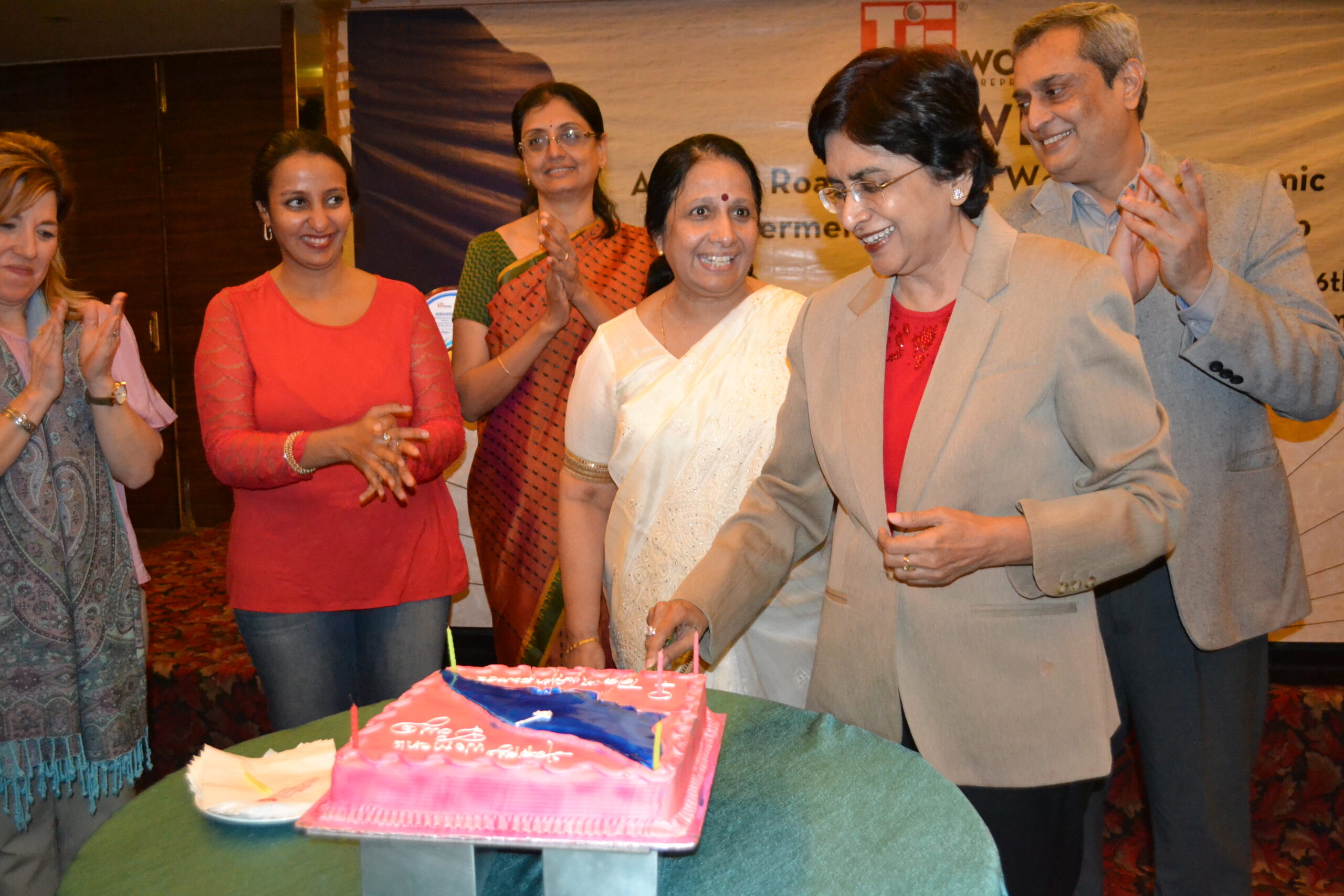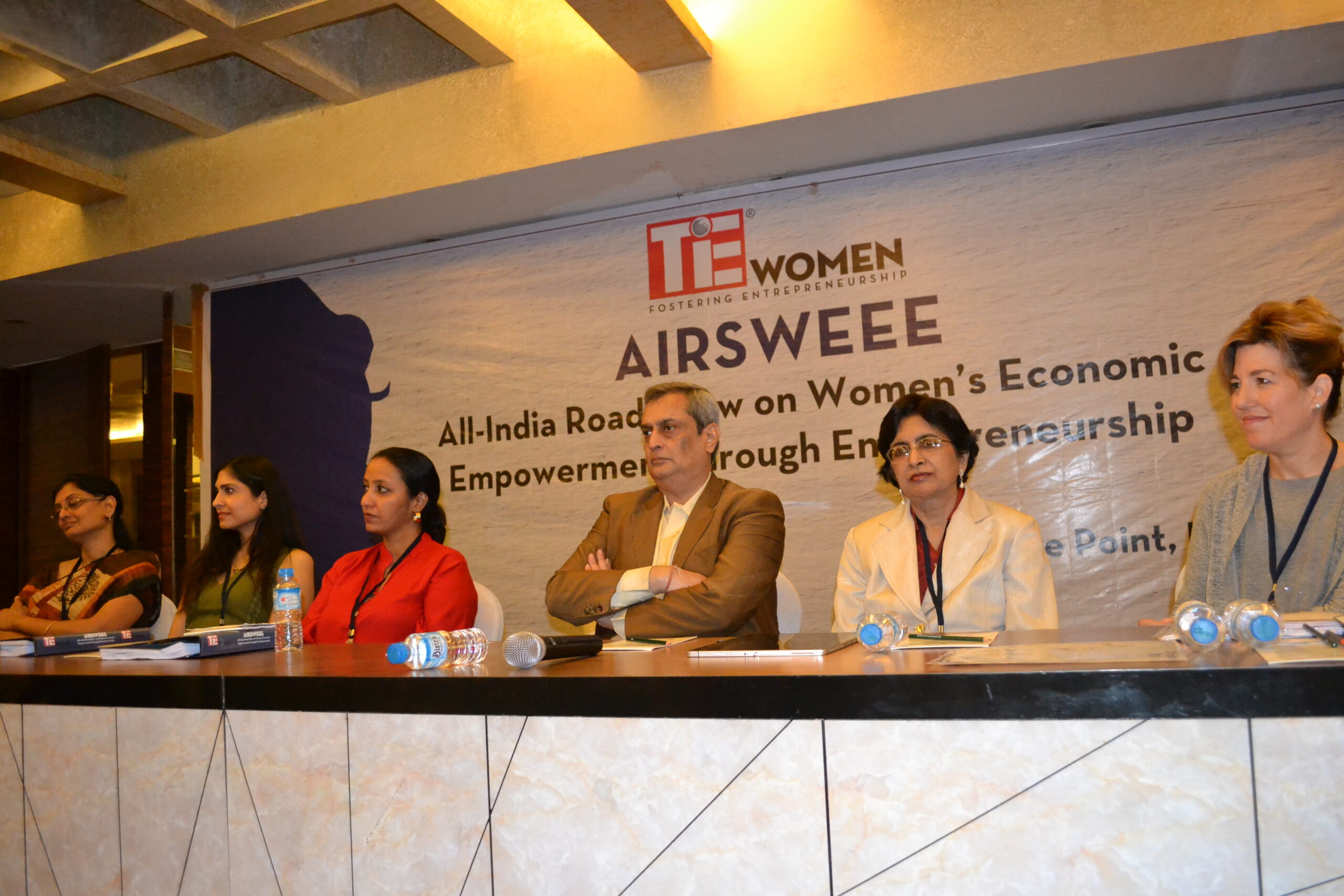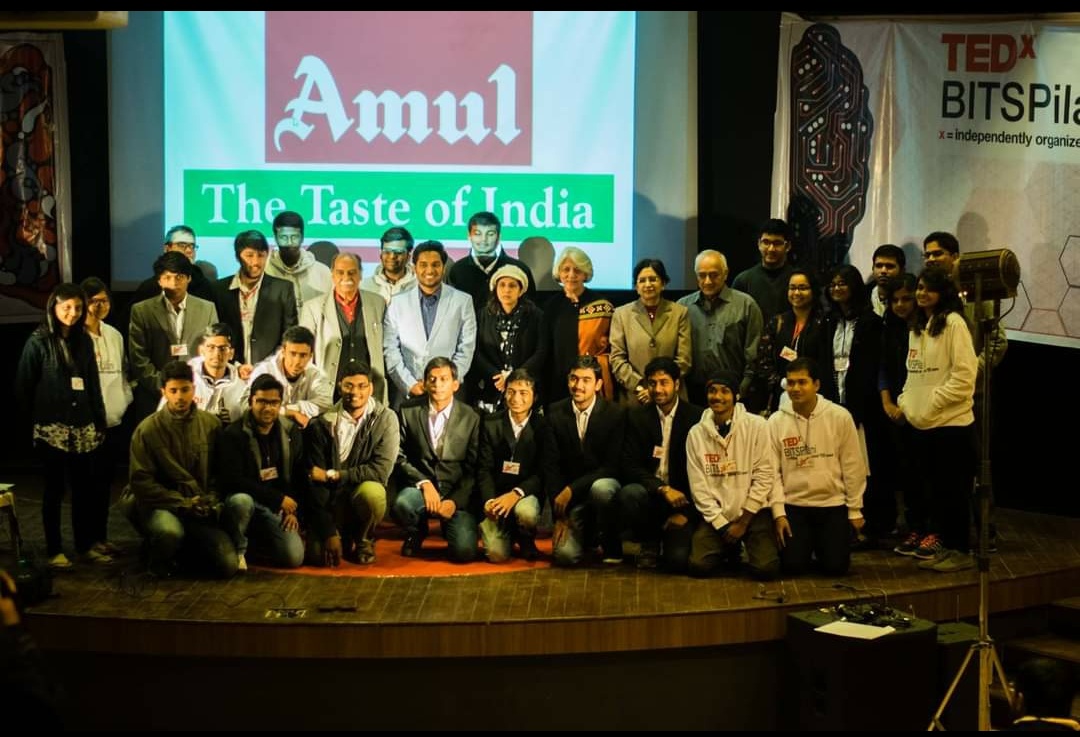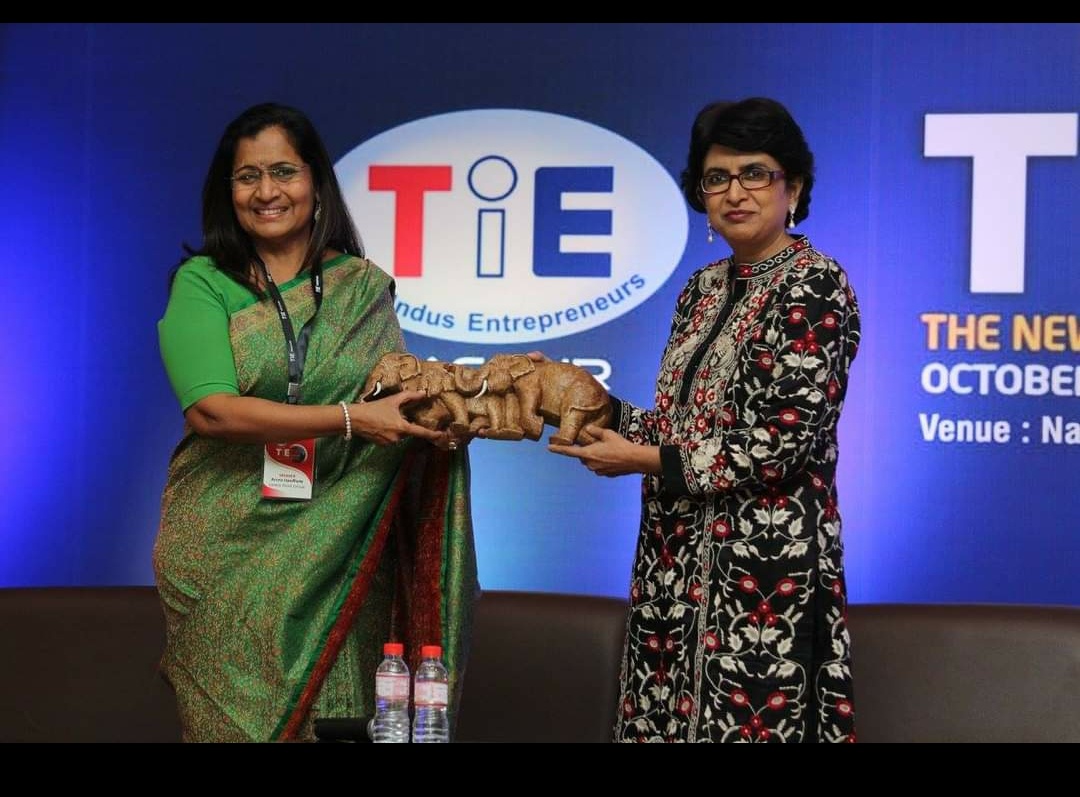The invisible malady – 18 Jan 2011
Presenteeism means the mere presence of a worker on the job but with low productivity. This phenomenon was always there but has a name now. This terminology gives it an identity of its own and helps raise awareness of the phenomenon. Once defined it could be easily identified at the workplace and addressed seriously for it involves a variety of issues. The reasons for presenteeism are numerous – just like absenteeism. Absenteeism has been closely linked to alcoholism, other forms of addictions and various medical illnesses. Presenteeism may have many more diverse reasons than absenteeism. A bulk of the reasons would be what we could call ‘invisible’ to the eye. People have personalities with faults and limitations along with strengths and competencies. There are cognitive, behavioural deficits and mental illnesses along with physical disabilities and the later remain unknown or un-reported. Mental disabilities are less recognised in India than physical handicaps as the later are visible to the eye and we are yet to become a psychologically advanced nation. Majority Indians do not believe in the science of psychology and look at it with much scepticism.
To take an example of learning disability- an employee is slow in writing and reading for she /he could have learning disorders which has been undiagnosed so far. Nobody at school or college has pointed it out to the candidate and she has somehow sailed through her education degree by suffering insults and humiliations. Such an employee may get into depression soon enough if the seniors are also highly critical, impatient, intolerant and hyperactive. The candidate may be subjected to daily diatribes or ultimately sacked without understanding the exact nature of the problem. Such an employee is actually regular in attendance, is present on time but would work with a low morale and hence diminished productivity if it is not identified and serviced. Besides this one disability she may be a competent worker and may be an asset to the workplace but would be a lost asset if not handled well by the supervisor.
The role of the human resource development department, the supervisors, the vocational rehabilitation experts come into play here. They must equip themselves adequately with the information and the wisdom that is available with mental health experts working in the field to address such problems related to people and their personalities and prepare to service them. Mental and cognitive health issues are major contributing factors in absenteeism and presenteeism in industries. According to a study by Birnbaum et al in 2010, $ 2 billion per month are the estimated losses in depression-related worker productivity. This is a staggering figure and they feel it would be worthwhile to spend on services and procedures related to addressing these issues rather than otherwise. Depression has been projected by the World Health Organisation as the number two killer disease by 2020. Indians are already known as a depressed people by many mental health experts. So we need to prepare ourselves and equip ourselves with the right type of mental attitudes to tackle this silent disease which eats from within.
If people in higher management agree that roughly on an average only ten to fifteen percent people actually work hard and pull the organisation’s load and the rest are like passengers on a running train, we need to work on the debilitating factors and find remedies for them. Rejecting employees for their low productivity will not solve the problem as it will only lead to higher employee turnover. The poor employability rate of the vast majority of Indian graduates, besides being due to poor training is also due to cognitive behavioural deficits. This aspect is perhaps not at all understood by the management. The ignorance of psychological dimensions of the human side is tremendous and pitiable. The focus must shift from blaming the poverty of cultural aspects in the mass of people to the mental health aspects which allow finer diagnosis and a strategy for remedy. Alternately, both are important and both must be taken into account to understand a human being on the workplace. Otherwise we are overlooking a very major and significant area of concern.
Published in The Hitavada Future – 18 January 2011









